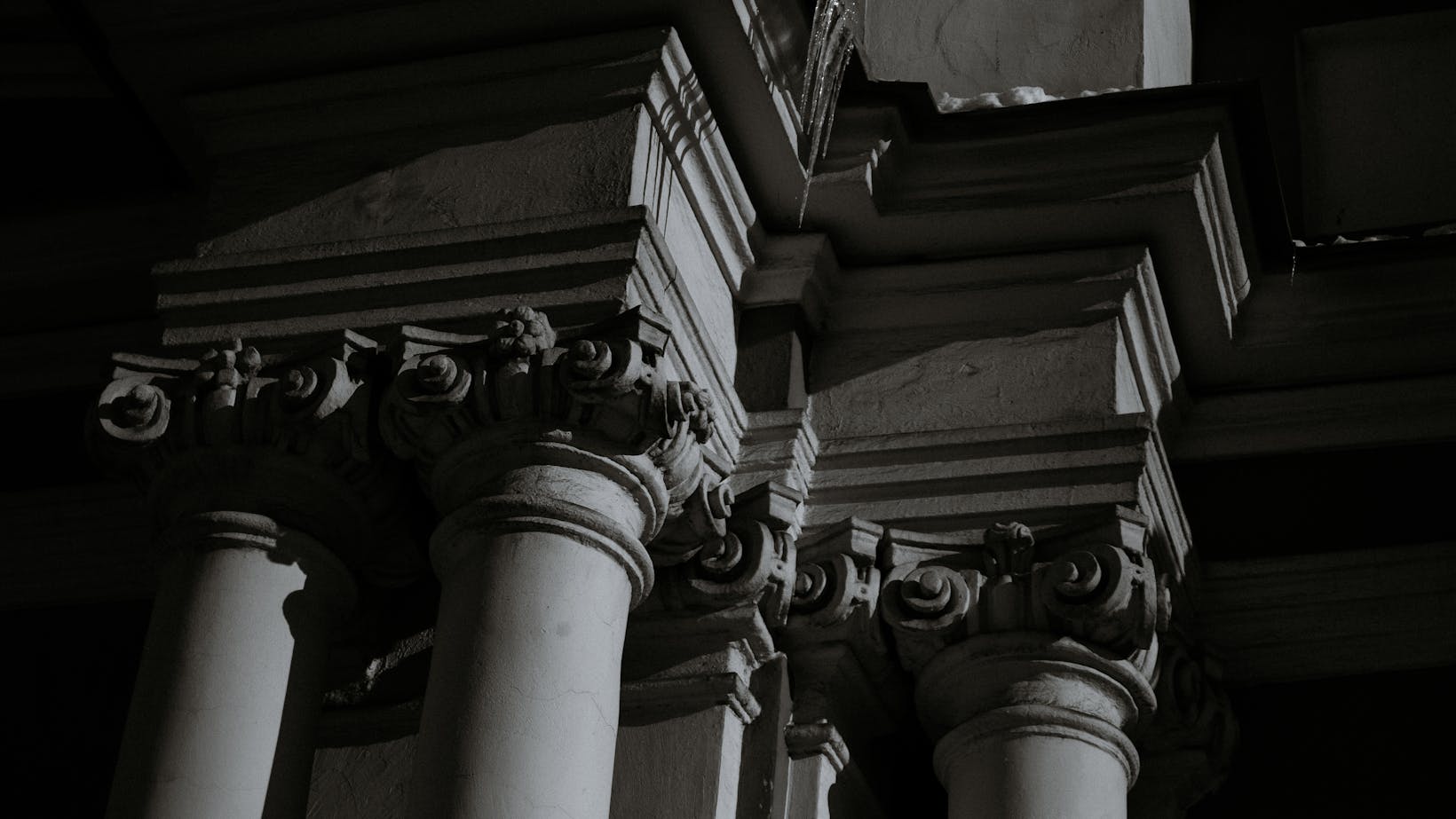Beneath the bustling streets of Baltimore lies a hidden world steeped in history and shrouded in mystery: the catacombs. These subterranean chambers, often associated with ancient Rome, find a unique expression in Baltimore’s architectural landscape.
The catacombs of Baltimore are a testament to the city’s rich past, offering a fascinating glimpse into a forgotten era. In this article, we’ll delve deep into these mysterious tunnels, unearthing the secrets they’ve kept hidden for centuries.
Famous Catacombs
Baltimore’s catacombs exist as a fascinating chapter in the city’s narrative. Based still beneath streets laden with the weight of history, they offer a connection to a mysterious past. These subterranean networks, typically concealed beneath churches and public buildings, beckon with stories of the enigmatic and the arcane. Constructed in the 19th century, some function as crypts and storage areas, while others are uncharted territories, their purpose lost to time.

For example, the catacombs beneath Westminster Hall and Burial Grounds, a historic location in Baltimore, serve as the final resting place for many notable individuals. Here, one can witness the interplay of architecture and mortality. Their unique construction details, such as arches crafted from locally sourced brick, demonstrate creative approaches towards design, reflecting society’s attitudes towards death and the afterlife during this time.
What Makes Catacombs Baltimore Unique?
Baltimore’s catacombs captivate with their intricate designs and labyrinthine networks, serving as living historical records beneath the bustling city. They’re a unique blend of multiple elements: history, architecture, and mystery. Among these, the catacombs beneath Westminster Hall gain prominence due to their distinctive architectural details that mirror societal views on death and the afterlife, and their role as the final resting place for some notable figures such as Edgar Allan Poe.
Furthermore, Catacombs Baltimore gain their uniqueness from their historical interweaving with the city’s evolution. Early constructions in the 19th century forge significant connections to Baltimore’s growth into a thriving metropolis. One can explore this remarkable trajectory – from a fledgling settlement to an expansive city – walking through these ancient, subterranean pathways. Lastly, the sense of intrigue and the arcane associated with these catacombs are essentially what grabs a visitor’s imagination, setting Catacombs Baltimore apart from similar sites across the globe.
Comparing Catacombs Baltimore with Other Similar Sites
Akin to Catacombs Baltimore, Paris Catacombs, for example, provide a surreal encounter into history. Laid out in the 18th century, Paris’s catacombs reveal a time capsule of its city’s past, just as Baltimore’s do. However, the Catacombs Baltimore feature the unique pull of hosting the grave of a prominent figure, Edgar Allan Poe. Paris’s catacombs, though holding thousands of anonymous remains, notably lacks such tangible connections to world-renowned individuals.
Another parallel can be drawn with the catacombs of Rome. These ancient networks, created in the 2nd century, offer insight into early Christian burial practices. However, unlike Catacombs Baltimore, they’re religious in nature, mainly representing a devotion to faith over an architectural marvel.

Edinburgh’s South Bridge Vaults, bearing semblance to Baltimore, remain cloaked in broad urban narratives, reinforcing their identity as an archive of social history. Yet, Catacombs Baltimore’s linkage with Edgar Allan Poe provides them a distinctive cultural connotation not held by the Scottish site. Navigating through these comparisons, it’s evident that while similarities exist, Baltimore’s catacombs bring forth a unique, historically resonant experience all their own.
The Cultural Impact of Catacombs Baltimore
Baltimore’s catacombs undeniably hold a unique place in the city’s cultural fabric. They epitomize the city’s historical legacy, its unique charm and distinctive character. Edgar Allan Poe, one of history’s seminal writers, entombed within these catacombs, bolsters Baltimore’s peculiar allure. His burial site perpetuates his influence, accounting for abundant tourist footfall.
Yet, the catacombs’ impact isn’t insular – merely enhancing Baltimore’s cultural relevance. They’ve facilitated dialogues between cultures as visitors from around the globe come seeking historical encounters unique to this locale. They’re drawn to the liaison between 19th-century architectural nuances and elements of chilling Gothic flair associated with Poe’s literary contributions.
Furthermore, the catacombs serve an educational purpose. Scholars, historians, and enthusiasts connect the narratives engraved in these underground networks to larger socio-cultural trends of the era. These discussions enrich Baltimore’s cultural narrative, with the catacombs providing tangible insights into the past. The catacombs, thus, assert their broader cultural resonance, going beyond merely hosting Poe’s final resting place. They serve as gateways to the city’s cultural continuum, a testament to its entwined past.
